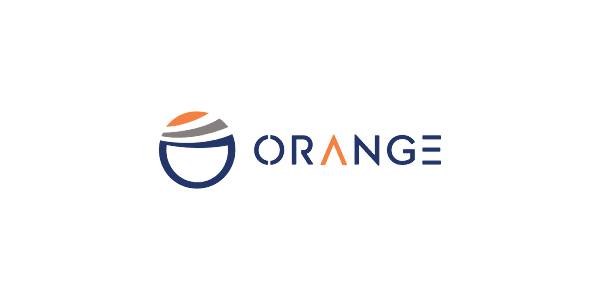The textile printing industry is undergoing a seismic shift, moving away from the dominance of high-capital rotary machines towards the accessibility and versatility of digital printing. Leading this charge is Surat-based Orange O Tec, a company dedicated to democratizing digital textile printing and empowering micro, small, and medium enterprises (MSMEs) across India.
Historically, establishing a conventional printing operation demanded significant investment, often upwards of ₹50 crore, along with extensive infrastructure and a large workforce. This created a formidable barrier for smaller businesses and aspiring entrepreneurs. However, the advent of digital sublimation and pigment printing has dramatically lowered these barriers, opening the door for a new generation of textile printers.
“It’s a similar shift to when Apple launched the Macintosh,” explains Aayush Rathi, Director of Orange O Tec. “Mainframe computers were unaffordable for most, just like traditional rotary printing plants are for many businesses today.”
Orange O Tec, initially a digital textile ink supplier, ventured into machinery to bridge this gap. Since 2009, they have facilitated the establishment of smaller digital printing units, requiring significantly less space (2,000-2,500 sq ft compared to over 10,000 sqft for conventional setups) and lower upfront investment.
This accessibility has fueled a surge in first-time entrants, now comprising an estimated 75% of digital and sublimation printer buyers in India. This influx includes small textile traders, experienced printing masters from rotary mills, fashion designers, and even fashion students. In contrast, large textile mills, focused on managing existing operations, account for only 25% of digital printer installations.
Orange O Tec’s journey has been marked by strategic partnerships and a focus on local production. After representing Italian high-speed digital printing pioneer MS, they partnered with Homer in 2019 for high-production, cost-efficient machines. In 2023, they began assembling their own Colorix printers in Noida, reducing production costs by 20% and bolstering the “Make in India” initiative. A larger 15,000 sq ft manufacturing facility, slated to open in January 2025, will further localize component production, aiming for 70% local sourcing within two years.
Innovation remains central to Orange O Tec’s strategy. Their Foiljet printer combines coating, printing, and glueing in a single unit, while the Rocket, a high-speed single-pass printer, boasts a capacity of 90,000 meters per day. The company also emphasizes sustainability, highlighting digital printing’s reduced emissions and water consumption compared to traditional methods. Pigment digital printing, in particular, can eliminate water usage entirely.
Orange O Tec positions itself as a one-stop solution provider, offering machines with varying capacities, digital inks, robust support, and a network of 75 service engineers across key textile hubs. An upcoming after-sales service app will further enhance customer support.
Digital printing currently accounts for 18-20% of India’s fabric printing market, but this figure is projected to rise to 35-40% in the coming years, driven by decreasing ink prices and technological advancements. Orange O Tec plans to expand into digital ink manufacturing, establish a paper coating line, and target the menswear shirting fabric segment with their efficient pigment printing solutions.
Through innovation, localized production, and a commitment to customer service, Orange O Tec is not only transforming the Indian textile printing landscape but also empowering a new generation of entrepreneurs to thrive in the digital age.

